SAM MANEKSHAW
THE 1971 WAR HERO - SAM MANEKSHAW
(3 April 1914 - 27 June 2008)
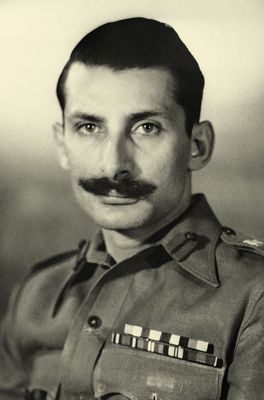
“Unless you know, and the men you command know that you know your job, you will never be a leader.”
~ Sam Manekshaw
A chief who’s life and legacy are beyond compare - Field Marshall Sam Manekshaw, the man whose leadership won us among others
the war of 1971- whose 50th anniversary we celebrated in 2021 as the Swarnim Vijay Varsh.
This piece being a tribute on behalf of every Indian who has ever donned the olive green and will ever wish to serve the Indian defence forces.
 Anybody who reads about the Armed Forces consistently would definitely know a lot about the legendary Sam Hormusji Framji Jamshedji Manekshaw widely known as
Sam Manekshaw / Sam Bahadur who, much like his extraordinary character, had a career that began with World War II lasting four crucial decades,
strategically leading four major wars while rising from the rank of Second Lieutenant to being the first ever Field Marshal of India.
Anybody who reads about the Armed Forces consistently would definitely know a lot about the legendary Sam Hormusji Framji Jamshedji Manekshaw widely known as
Sam Manekshaw / Sam Bahadur who, much like his extraordinary character, had a career that began with World War II lasting four crucial decades,
strategically leading four major wars while rising from the rank of Second Lieutenant to being the first ever Field Marshal of India.
CAREER HIGHLIGHTS
Service / Branch Indian Army
Rank Field Marshal
Years of Service 1932 - 2008
Unit Royal Scot
12th Frontier Force Regiment
5th Gorkha Rifles
8th Gorkha Rifles
167th Infantry Brigade
26th Infantry Division
Wars World war 2 (1939)
India Partition War (1947)
Sino Indian War (1962)
Indo-Pakistani War (1965)
Indo-Pakistani War (1971)
Awards, Honours &
Achievements Military Cross(1942)
Burma Gallantry Award (1942)
9 Years Long Service Medal (1944)
1939-1945 Star (1945)
Burma Star (1945)
War Medal (1945)
India Service Medal (1945)
General Service Medal (1947)
20 Years Long Service Medal (1955)
Padma Bhushan (1968)
Poorvi Star (1971)
Paschimi Star (1971)
Padma Vibhushan (1972)
Sangram Medal (1972)

He was a soldier the nation loves to love and the enemy loves to hate but both respect and salute. Manekshaw was born in Amritsar, Punjab to Parsi parents,
Hormusji Manekshaw, a doctor and his wife Heerabai, who moved to Punjab from the small town of Valsad on the Gujarat coast. After completing his schooling
in Punjab and Sherwood College, Nainital, and achieving a distinction in the School Certificate examination of the Cambridge Board at the age of 15, he asked
his father to send him to London to become a gynecologist. When his father refused to send him until he was older, in an act of rebellion, Sam took the entrance
examination for enrollment into the Indian Military Academy (IMA) at Dehradun. He was successful and as a result became part of the first intake of 40 cadets on
1 October 1932.

After taking over as chief of army staff, at a function on 8 June 1969 to mark the centenary of Sherwood College, Manekshaw recalled that his years at the college had prepared him for war as they had taught him to live alone and independently, to fight without relent, tolerate hunger for long periods and to hate his enemy.
On commissioning, as per the practices of that time, Manekshaw was first attached to the 2nd Battalion, The Royal Field Marshal Shamsherji Hormusji FramjiScots, a British battalion, and then later posted to the 4th Battalion, 12th Frontier Force Regiment, commonly known as the 54th Sikhs. During World War II, the then-Captain Manekshaw saw action in Burma in the 1942 campaign on the Sittaung River with the 4/12 Frontier Force Regiment, and had the rare distinction of being honoured for his bravery on the battlefield.
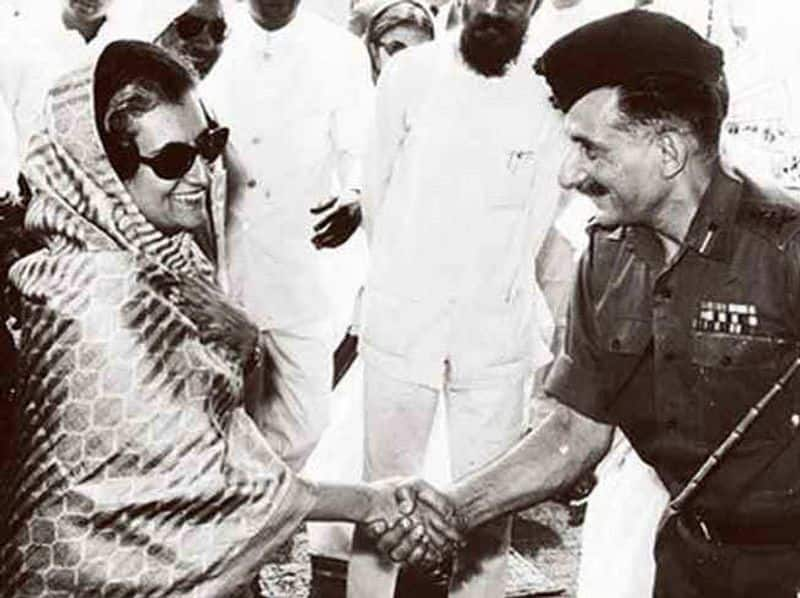
Upon the Partition of India in 1947, his parent unit – 12th Frontier Force Regiment – became part of the Pakistan Army (rechristened Frontier Force Regiment), and so Manekshaw was reassigned to the 16th Punjab Regiment, before being posted to the 3rd Battalion, 5th Gorkha Rifles, which he was detailed to command. The tumultuous events of partition required Manekshaw’s retention in army headquarters as a lieutenant colonel in the Military Operations Directorate, though, and because of this he subsequently missed his chance to command an infantry battalion as he was later promoted to brigadier, becoming the first Indian Director of Military Operations. The appointment of Director of Military Operations was upgraded first
to major general and later to lieutenant general and is now termed Director General Military Operations (DGMO).
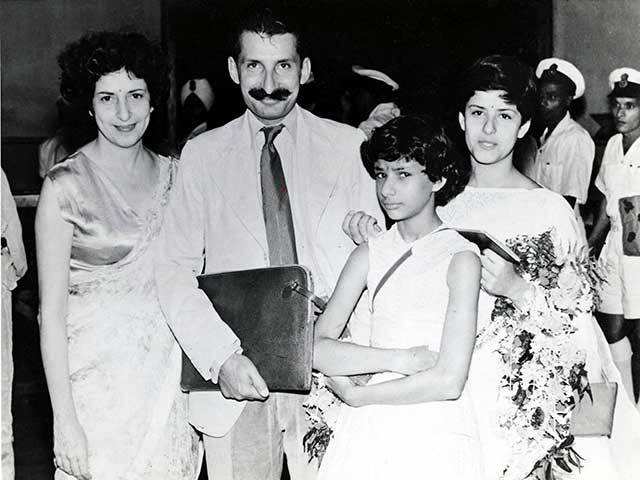
When the Indian Army finally went to war in December that year, under Manekshaw’s leadership, it proved victorious against the Pakistan Army. The war, lasting under a fortnight, saw more than 90,000 Pakistani soldiers personnel taken as prisoners of war, and it ended with the unconditional surrender of Pakistan‘s eastern half, resulting in the birth of Bangladesh as a new nation.
When the Prime minister asked him to go to Dhaka and accept the surrender of Pakistani forces, Manekshaw declined, magnanimously saying that the honour should go to his army commander in the East, Lieutenant General Jagjit Singh Aurora
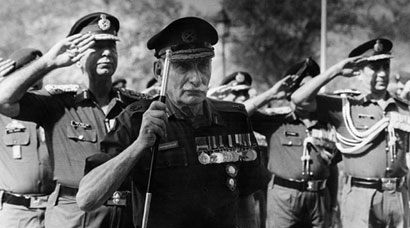
For his distinguished service to the country, the President of India awarded Manekshaw a Padma Vibhushan in 1972 and
conferred upon him the rank of field marshal, a first, on 1 January 1973. He became one of the only two army generals
of independent India to be awarded this prestigious rank; the other being Kodandera Madappa Cariappa who was awarded
in 1986. Manekshaw retired from active service a fortnight later on 15 January 1973 after a career of nearly four
decades, and settled down with his wife Silloo in Coonoor, the civilian town next to Wellington Military Cantonment
where he had served as commandant of the Defence Services Staff College, at an earlier time in his career. Popular
with Gurkha soldiers, Nepal fêted Manekshaw as an honorary general of the Nepalese Army in 1972.
Manekshaw died at the Military Hospital in Wellington, Tamil Nadu, on 0030 hours, 27 June 2008 at the age of 94.
Since then, 16 December is celebrated each year as “Vijay Diwas” in memory of the victory achieved under Manekshaw’s
leadership in 1971. A postage stamp depicting Manekshaw in his field marshal’s uniform was released by President Pratibha Patil.
SOME INTERESTING STORIES
OF SAM BAHADUR
- His convictions fuelled his clarity, his loyalty flamed his strength such that he never minced his words. He feared no one - whether it was the Pakistani Army or the Indian Prime Minister - He feared none when he knew he was right.
- In Burma, in the 1942 campaign, on the Sitang River, he did manage to capture the key position, nut in the process, he took 9 bullets in the lung liver and kidney; it was almost the end. But the end was not to be, India had to get her first Field Marshal. A legend was waiting to be made, and this was just the beginning.
- When Sam regained consciousness and the Doctor asked him what happened, even with those bullet injuries he in his typical jovial style said "A bloody mule kicked me." The surgeon laughed, and said: "You have a sense of humour. I think you are worth saving.".
And thats how India's greatest military legend made his way back from the clutches of death to lead India to her greatest victory and also the shortest one in her military history.
- It was not just what he did when he went to war, but also what he didn't or rather chose not to do even at the cost of upsetting the then Prime minister that today we celebrate.
Prime Minister Indira Gandhi was asking him to go to war in April 1971. When the PM replied to his "what do you want me to do ?" With a "we dont mind a war", he snubbed her in front of the entire entourage of ministers and bureaucrats.
"Have you read the Bible?" asked Sam, to which the then Minister for External Affairs, Sardar Swaran Singh asked, "What has the Bible to do with this ?"
"In the Bible, it is written that God said let there be light, and there was light. You think that by saying let there be war, there can be a war? Are you ready for a war? I am not," replied Sam, silencing all of them who had gathered there.
- While there are many quotes that exemplify Sam Manekshaw’s character, the one that is most relevant in current times and applicable across all professions, all ages and all walks of life is:
A ‘Yes man’ is a dangerous man. He is a menace. He will go very far. He can become a minister, a secretary or a Field Marshall but he can never become a leader nor ever be respected.
He will be used by his superiors, disliked by his colleagues and despised by his subordinates. So discard the ‘Yes man’.
IMAGE GALLERY
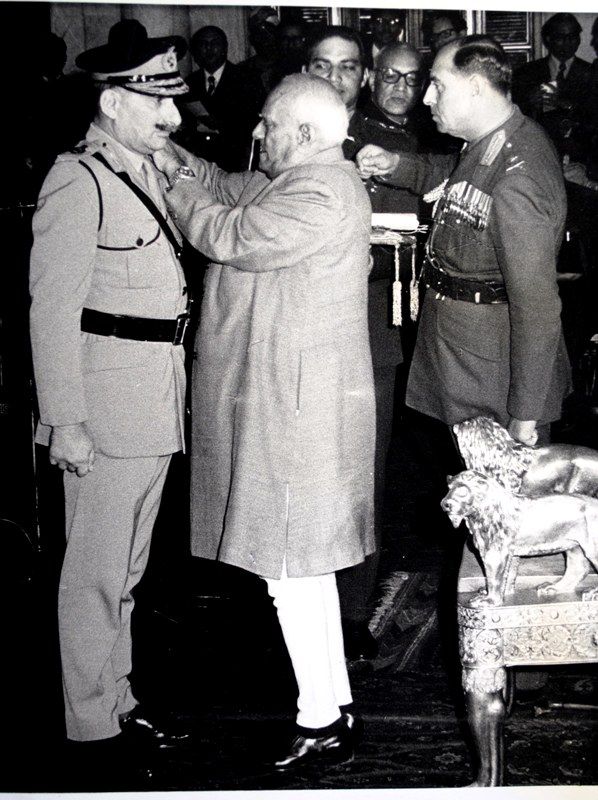
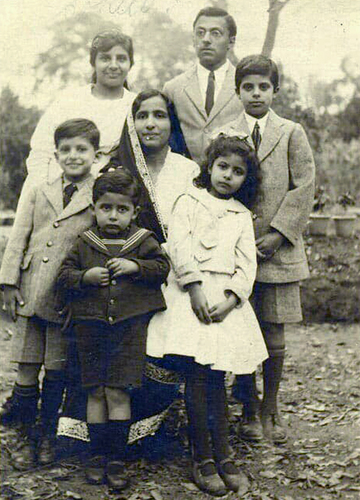
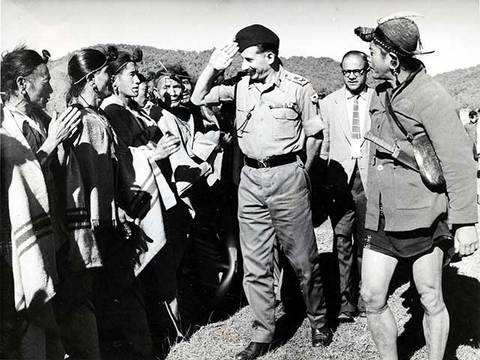




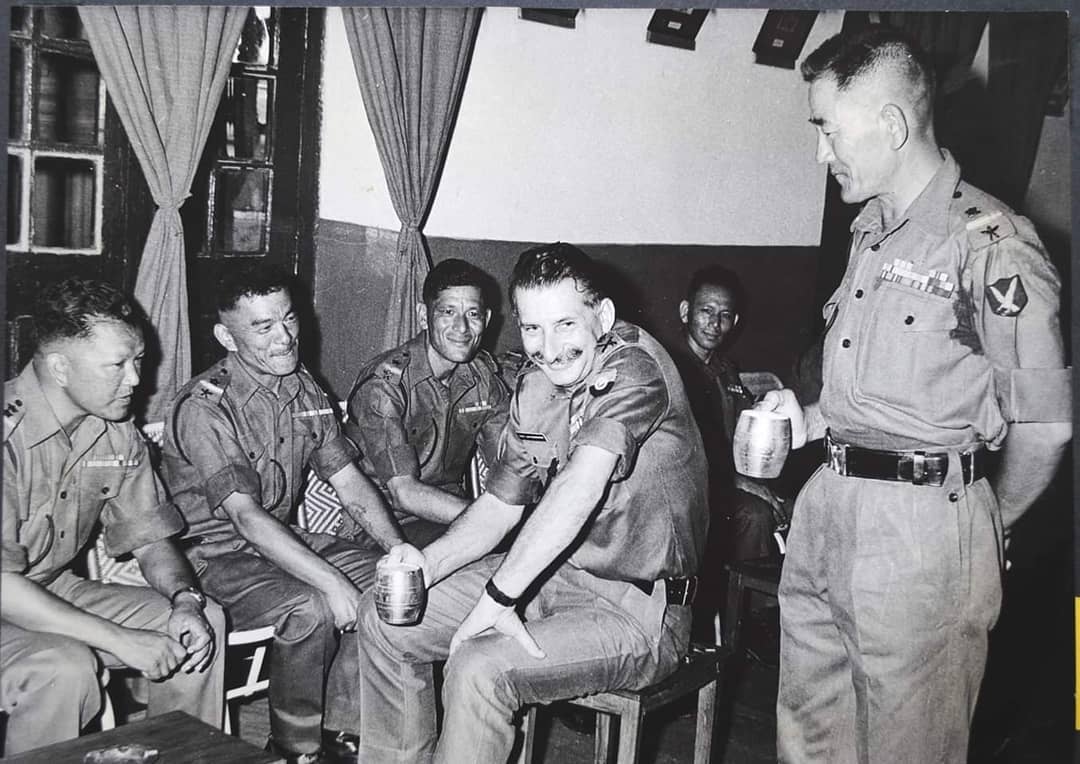
Author's Note
Thankyou so much for reading this article. Sam Manekshaw will remain in our hearts forever.
We get inspired to live a life of purpose because of these people. I hope we have many more selfless
people like Sam BAHADUR and we talk more and more about these real life heroes.
Thankyou so much for supporting. For any query regarding the article, you can write to me @
Ayushi Nayan
About the Author
This is Ayushi Nayan. I study Computer Science Engineering in Kolkata.



 Anybody who reads about the Armed Forces consistently would definitely know a lot about the legendary Sam Hormusji Framji Jamshedji Manekshaw widely known as
Sam Manekshaw / Sam Bahadur who, much like his extraordinary character, had a career that began with World War II lasting four crucial decades,
strategically leading four major wars while rising from the rank of Second Lieutenant to being the first ever Field Marshal of India.
Anybody who reads about the Armed Forces consistently would definitely know a lot about the legendary Sam Hormusji Framji Jamshedji Manekshaw widely known as
Sam Manekshaw / Sam Bahadur who, much like his extraordinary character, had a career that began with World War II lasting four crucial decades,
strategically leading four major wars while rising from the rank of Second Lieutenant to being the first ever Field Marshal of India.















